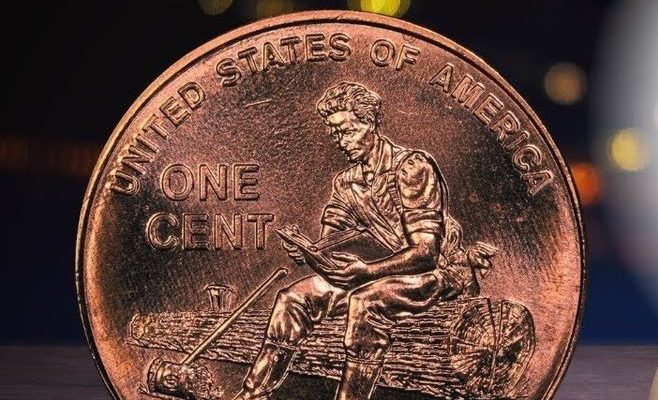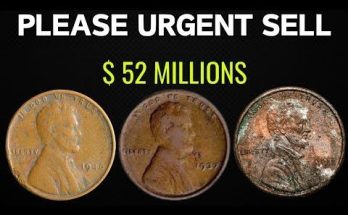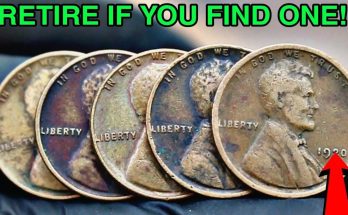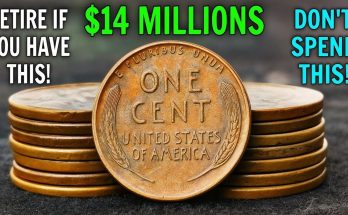The image you see is a close-up of a 2009 Lincoln cent, but this isn’t just any ordinary penny. It’s a coin from a landmark year in U.S. numismatic history. The caption’s claim that this coin “Could Make You Rich” isn’t a simple exaggeration; it’s a nod to a unique series of pennies that have captured the attention of collectors, sending them on a feverish hunt for rare varieties and valuable errors.
The year 2009 was monumental for the Lincoln cent, marking the 200th anniversary of Abraham Lincoln’s birth and the 100th anniversary of the first Lincoln cent’s release. To commemorate these milestones, the U.S. Mint did something it had never done before: it released four different reverse designs throughout the year. Each design depicted a significant stage of Lincoln’s life: “Birth and Early Childhood in Kentucky,” “Formative Years in Indiana,” “Professional Life in Illinois,” and “Presidency in Washington, D.C.”. This four-part series makes the 2009 cent a unique collectible right out of the gate.
While more than 2.3 billion of these pennies were minted, making them easy to find in circulation, their value is not determined by mintage alone. The true value of a 2009 penny is based on several key factors. The coin’s condition is paramount; most circulated examples are worth only their face value. However, an uncirculated penny in pristine condition, especially with a “satin finish” from a special mint set, can be worth a significant premium. The mint mark also plays a role. Pennies from the Denver (“D”) and San Francisco (“S”) mints, especially the “S” which only produced proof coins for collectors, tend to have higher values.
The most exciting aspect of the 2009 series for collectors is the presence of minting errors. The “Formative Years” design, featured in the photo, is particularly well-known for being a “hot-spot” for errors. This coin, which shows a young Lincoln reading a book while taking a break from rail-splitting, has several notable doubled die reverses. A doubled die error occurs when the coin’s die receives a misaligned second impression, resulting in a ghostly, doubled appearance on the finished coin. For the “Formative Years” design, collectors are on the lookout for the famous “extra finger” or “extra thumb” varieties. These errors are visible on Lincoln’s right hand as it holds the book. Depending on the severity of the doubling and the coin’s condition, these coins can be worth hundreds of dollars, with some high-grade examples reaching auction records of over $1,800.
Beyond the dramatic doubled die varieties, other errors can also make a 2009 cent valuable. These include off-center strikes, broadstrikes, and die cuds. For example, a 2009-D Formative Years coin with an MS67 grade has been valued at $160, and a 2009-D Presidency design in MS68 grade has reached $6,000. An off-center strike can be worth between $100 and $250, depending on the grade and how far off-center it is. There have also been instances of “wrong planchet” errors, such as a 2009-D penny struck on a copper blank, which can be worth hundreds of dollars.
The excitement surrounding the 2009 pennies is a perfect example of how the story behind a coin can make it far more valuable than its face value. These coins are not just a piece of currency; they are a piece of history with a variety of designs and a handful of rare errors waiting to be found. The values of these rare coins can range from a few dollars for minor errors to thousands for top-grade, prominent varieties. So, the next time you get a penny from 2009 in your change, take a moment to look closely. With a little luck and a good eye, you might just find a valuable piece of numismatic history hiding in plain sight



